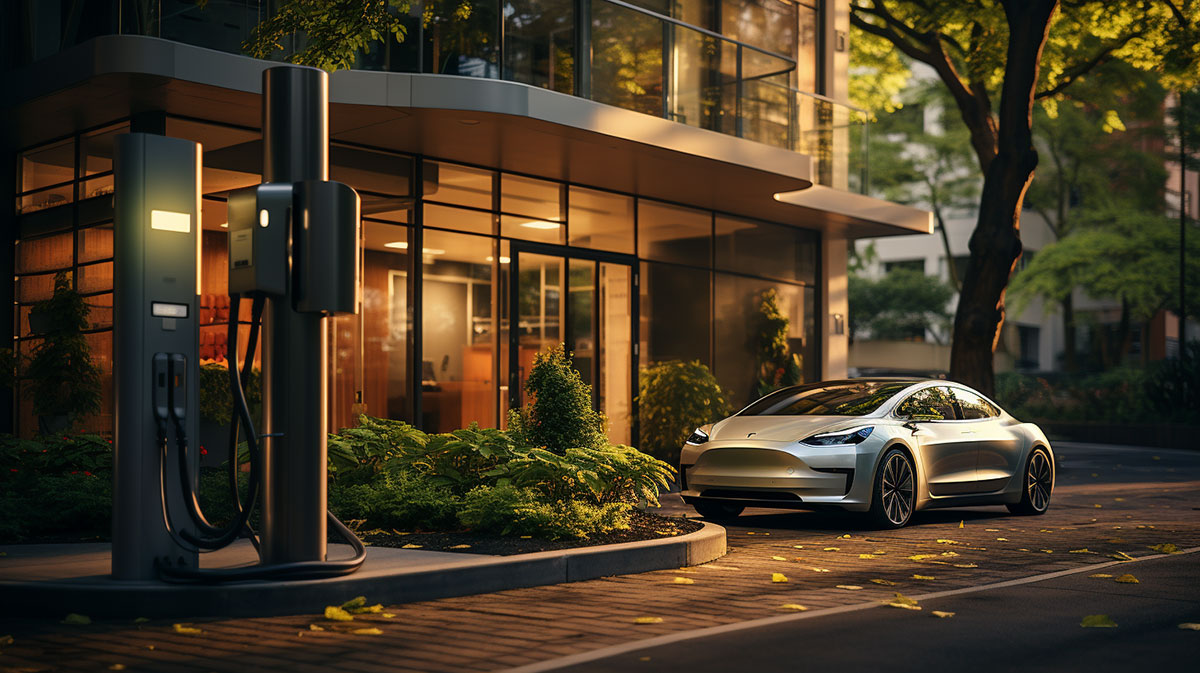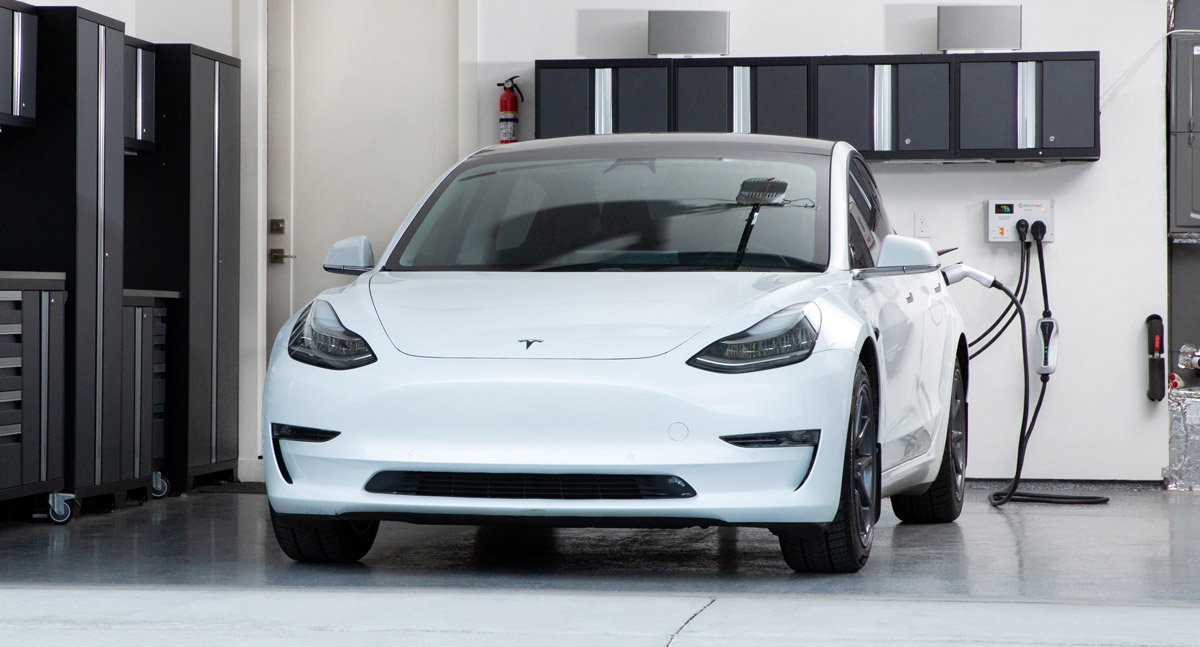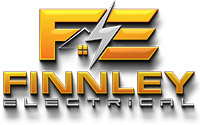With more people switching to electric cars, the need for easily accessible charging infrastructure becomes increasingly crucial. The question is, where’s the best place to install an electric car charger?
In this comprehensive guide, we’ll discuss the importance of having an electric vehicle (EV) charger at your residence or workplace, along with the key factors to consider when determining the ideal location for installation. Let’s dive in!
Choosing the Right Location for Your EV Charger
Regarding EV chargers, location is crucial since it can significantly impact your overall EV ownership experience. By picking the right spot, you can enjoy the following:
- Convenience and Accessibility. Opting for a convenient and accessible location ensures that charging your EV becomes an effortless part of your daily routine. Home charging stations, for instance, offer the convenience of charging overnight, waking up to a fully charged vehicle each morning.
- Maximum Charging Efficiency. The right location considers factors like charging speed and capacity, ensuring your charger can optimally handle your EV’s requirements. For example, when strategically placed in your office parking lot, workplace charging stations enable you to recharge during work hours, saving time and ensuring your car is always ready.
- Compliance with Regulations. Different regions have specific regulations and permitting requirements for EV charger installations. Choosing the right location ensures you adhere to local guidelines and avoid unnecessary legal complications.
- Future-Proof Infrastructure. By selecting the right place, you can plan for future scalability and expansion. This forward-thinking approach allows for the seamless addition of more chargers as EV adoption continues to rise.
- Improved Sustainability. Installing chargers powered by renewable energy sources, such as solar panels, further promotes sustainable transportation and reduces carbon emissions.
Where is the Best Place to Put an EV Charger?
The best place to put an EV charger depends on your needs and usage patterns. For homeowners, installing a charger in the garage offers convenience and weather protection. In workplaces, placing chargers in accessible parking areas encourages employee EV adoption. Public locations like shopping centres and highways provide widespread access for EV drivers on the go. Considering factors such as electrical capacity, charging speed, and local regulations will guide you to the perfect spot for your EV charger.
Can I Install an EV Charger Inside My House?
Yes, you can install an EV charger inside your house. Also known as Level 1 or Level 2 chargers, home EV chargers can be conveniently installed in your garage or private parking area. Just make sure your electrical system can handle the charger’s power requirements, and consult a licensed electrician for a safe and compliant installation.
Assessing Electrical Requirements
Before installing an EV charger, check if the location meets the electrical requirements. Here are a couple of things to keep in mind:
- Charger Type and Power Rating. Understand the specific charger type you plan to install (Level 1, Level 2, or DC fast charger) and its power rating. Each charger type has different electrical demands, so matching the charger’s requirements with your electrical system’s capacity is crucial.
- Electrical Panel Capacity. Check your electrical panel to see if it can handle the additional load of the EV charger. Upgrading the panel might be necessary, especially for higher-powered chargers.
- Voltage and Amperage Specifications. Verify the voltage and amperage specifications of the EV charger and compare them to your electrical system’s capacity. Proper matching ensures safe and efficient charging.
- Dedicated Circuit. Consider installing the EV charger on a dedicated circuit to avoid overloading the existing circuits. A dedicated circuit ensures uninterrupted charging and reduces the risk of electrical issues.
- Electrical Wiring and Conduit. Evaluate the condition of the existing electrical wiring and conduit to determine if they meet the requirements for the EV charger installation. Upgrading or replacing them may be necessary to ensure safety and compliance.
- Distance from Electrical Panel. Take into account the distance between the location of the EV charger and the electrical panel. Longer distances might necessitate larger wire gauges to prevent voltage drop.
- Safety Measures. Install appropriate safety devices, such as circuit breakers and ground fault circuit interrupters (GFCIs), to protect the charger and users from electrical hazards.
- Permitting and Code Compliance. Ensure that the installation adheres to local electrical codes and regulations. Obtain any necessary permits before proceeding with the installation.
- Future Expansion. Consider the potential for future expansion. Leave room for additional EV chargers if the demand increases over time.
Navigating Council Permits and Permissions
The majority of the time you won’t need any council permits to install an electric vehicle (EV) charger in your Australian home, but there are some exceptions. Here are the best tips to facilitate the council permit and licensing process more smoothly:
- Research Local Regulations. Familiarise yourself with the specific permitting requirements for EV charger installations in your state or territory. For example, electric vehicle charging stations in New South Wales are considered a part of “sustainability infrastructure,” as stated in the Strata Schemes Management Act 2015. Check with local councils and authorities to understand the necessary steps.
- Engage with Local Councils. Contact your local council early in the planning stage to discuss your installation project. Seek their guidance on the application process and any specific requirements. Did you know that the City of Parramatta has developed draft guidelines to help facilitate the future network of EV charging infrastructures on Council land. The guidelines will ensure that providers are aware of Council’s requirements and expectations when EV charging infrastructure is proposed within the Parramatta LGA
- Gather Documentation. Prepare all the necessary documentation, including site plans, electrical diagrams, and specifications of the EV charger. Having these ready will expedite the permit application.
- Hire Licensed Electricians. Work with licensed electricians experienced in EV charger installations. In Australia, electrical work must be carried out by qualified professionals.
- Comply with Electrical Safety Standards. Ensure the installation meets AS/NZS 3000 Wiring Rules and other relevant electrical safety standards.
- Submit a Comprehensive Application. Complete the permit application accurately and comprehensively, adhering to all local council requirements.
- Be Patient and Persistent. Permitting processes can take time, so be patient throughout the application timeline. Follow up with the local council if there are any delays or issues.
- Explore Government Incentives. In Australia, there may be government incentives and grants regarding EV chargers. For example, the Electric Vehicle Council has teamed up with the NSW Government, creating a list of AC EV chargers and charger software eligible for grant funding.
Considerations for Different Types of Locations
Lastly, understanding the unique aspects of different types of locations is crucial when installing EV chargers. Here are some considerations for various types of areas:
Home Installation
Garage Installation: Benefits and Considerations
Installing an electric car charger in your house garage offers several benefits:
- It provides a secure and sheltered location for your charger, protecting it from the weather and potential theft.
- Charging your electric car in the garage allows for convenient and easy access.
However, before installing a charger in your garage, there are a few considerations to keep in mind:
- Ensure that you have adequate space and electrical capacity to accommodate the charger.
- Consult a licensed electrician to assess your garage’s electrical system and make any necessary upgrades.
Outdoor Installation: Weatherproofing and Security Measures
Suppose you prefer to install your electric car power station outdoors. In that case, it’s crucial to consider weatherproofing and security measures. Look for chargers designed for outdoor use, with features like waterproof casings and protection against the elements.
Regarding security, consider installing your charger in a well-lit area or adding additional security measures such as surveillance cameras or locking mechanisms. These precautions help deter theft and ensure the safety of your charger.

Workplace Installation
Workplace EV charging stations provide a convenient solution for employees who own electric cars. When considering placing one at your workplace, here are a few common locations:
- Employee Parking Lots. Placing chargers in employee parking lots allows easy access and ensures employees have a dedicated charging spot.
- Visitor Parking Areas. Installing chargers in visitor parking areas demonstrates your organisation’s commitment to sustainability and encourages environmentally friendly practices.
- Common Areas. Some workplaces install chargers in common areas, such as the main entrance or cafeteria, to increase visibility and accessibility.
Each option has advantages, and assessing your workplace’s needs and requirements is vital before deciding.
Selecting Appropriate Charging Infrastructure for Businesses
When selecting charging infrastructure for businesses, it’s also essential to consider the number of electric vehicles in your fleet or the anticipated demand from employees and customers. Depending on the size of your organisation, you may need to install multiple charging stations or fast-charging options to accommodate higher charging demands.
Moreover, consider investing in innovative charging systems like load balancing and scheduling. This helps optimise energy usage and prevent overloading.
Multi-Unit Resident Installation
Overcoming Challenges of Shared Charging in Apartments or Condos
Installing electric car chargers in multi-unit dwellings like apartments or condos presents unique challenges. One of the critical challenges is allocating available charging spots fairly among residents.
To overcome this challenge, consider implementing a reservation or scheduling system that ensures all residents have equal access to charging. Additionally, establishing clear guidelines and policies regarding charger usage can help prevent conflicts and unnecessary cost and ensure smooth operations.
Collaborating with Building Management or Homeowner Associations
When installing chargers in multi-unit dwellings, working with building management or homeowner associations is essential. It can also generate buy-in and support from residents. So seek their approval and involve them in decision-making to ensure compliance with existing regulations or guidelines.
Summary
Knowing where to install an electric car charger helps ensure convenience, efficiency, and regulation compliance. By following the comprehensive guide above, you can confidently install your EV chargers at the right spot in your home, workplace, or other areas. So embrace sustainable transportation and take the first step towards a greener future.


